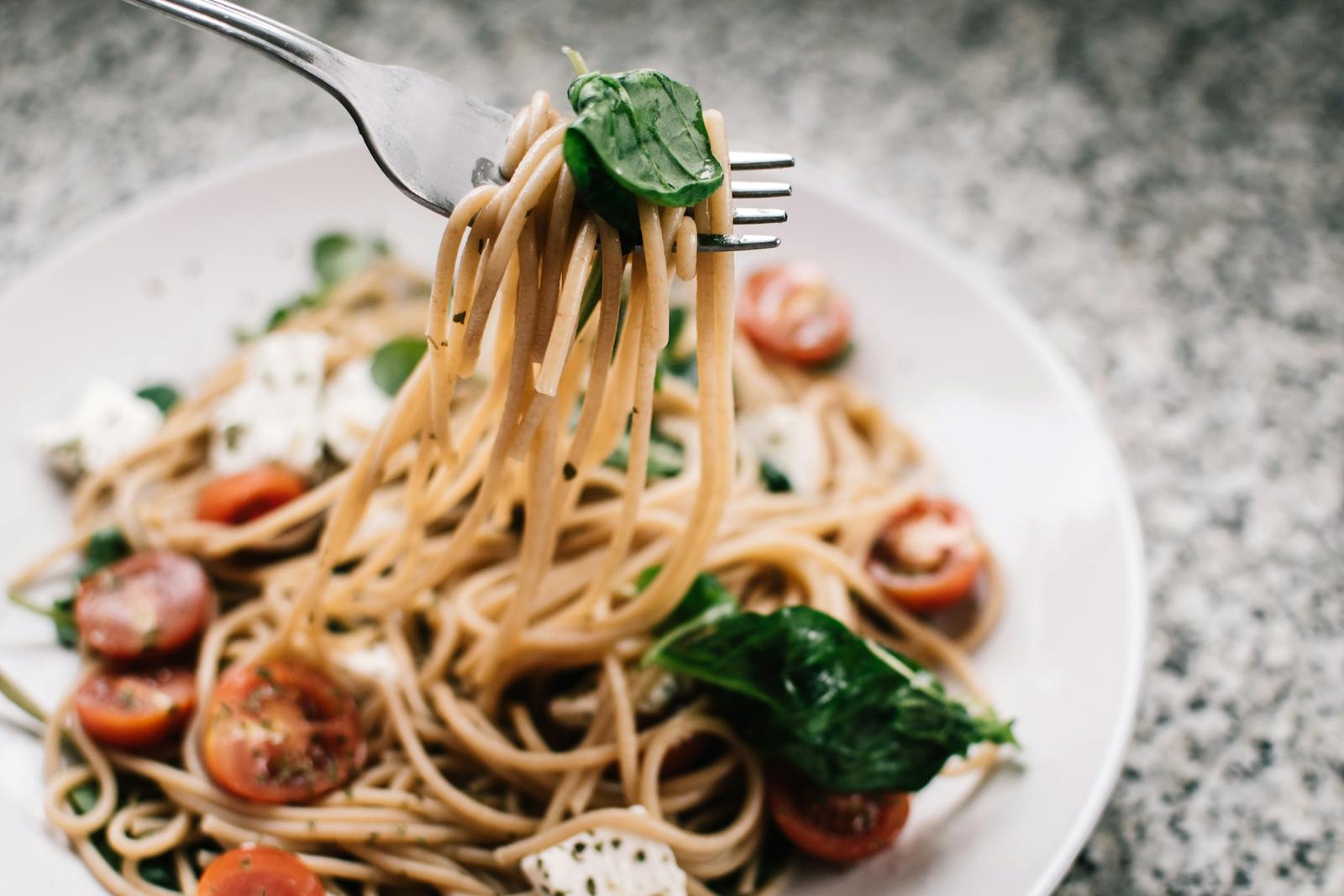Balanced Plate Overview: 7 Essential Methods for Healthy Consuming and Part Control
Balanced Plate Overview: 7 Essential Methods for Healthy Consuming and Part Control
Blog Article
Balanced Plate Guide: 7 Important Strategies for Healthy Consuming and Portion Control

Eating an all-around diet plan and managing the amount of food you eat are vital for general wellness. A thoughtfully made up meal supplies the necessary nutrients in the ideal amounts, cultivating overall wellness and reducing the risk of long-lasting ailments. To sustain your efforts, here are 7 essential methods for developing a nourishing diet plan and mastering section monitoring.
Comprehending the Food Groups
A well balanced plate consists of a range of food groups, each adding essential nutrients. Veggies offer vitamins, minerals, and fiber, while fruits supply vitamins and antioxidants. Healthy proteins, such as lean meats, fish, beans, and nuts, are crucial for muscle mass repair and development. Entire grains, like brownish rice and quinoa, are necessary for power and fiber, and dairy products or dairy products options sustain bone wellness.
How often should I aim to build a balanced plate?
Visualizing Your Plate
Imagine your plate as a pie graph to attain an all-around meal. The biggest slice, covering 50% of the plate, ought to be booked for a colorful mix of vegetables and Food Groups fruits, with veggies taking the lead. Another quarter of home plate must include lean protein sources, while the last quarter is ideal loaded with whole grains. This aesthetic strategy makes it easy to strike a balance and incorporate a variety of nutrient-rich foods into your day-to-day diet plan?
Practicing Mindful Eating
Exercising mindfulness throughout meals can significantly boost your food options. By consuming at a slower pace and completely appreciating each bite, you become extra conscious of your body's signals of volume, lowering the likelihood of overindulging. Lessening distractions like seeing TV or scrolling with your phone while eating allows you to take note of what you're consuming. Tun to your body's appetite and fullness hints helps you consume just when you're truly starving and stop when you feel pleased.
Taking Care Of Portion Sizes
Making certain proper part dimensions is important for managing your weight. Going with smaller sized plates can develop the impression of larger sections, which can aid in decreasing your food consumption. Inspecting food tags and being conscious of serving sizes aids guarantee that you are consuming appropriate amounts. Utilizing measuring mugs and spoons can assist in maintaining section control.
Choosing Healthy Snacks
Healthy treats can help maintain power levels throughout the day. Fresh fruits and vegetables are easy and nutritious choices. Nuts and seeds provide healthy protein and healthy and balanced fats, while yogurt provides healthy protein and probiotics. These snacks support a balanced diet regimen and protect against unhealthy snacking.
Planning Your Meals
Thinking ahead regarding what you'll consume can cause a much more nourishing diet regimen. By drawing up your day-to-day meals, including breakfast, lunch, dinner, and treats, you can stay on track and prevent final undesirable options. Caring for preparation work, like cutting veggies and cooking staples, during the weekend or a time off can make weekdays easier. And also, cooking wholesale and freezing leftovers enables you to enjoy well balanced meals throughout the week with marginal difficulty.
Appropriate hydration is important for general health. Purpose to consume alcohol a minimum of eight glasses of water a day, and limit sugary drinks like soda and sweet juices. Carrying a canteen with you encourages regular sipping, guaranteeing you stay hydrated throughout the day.
